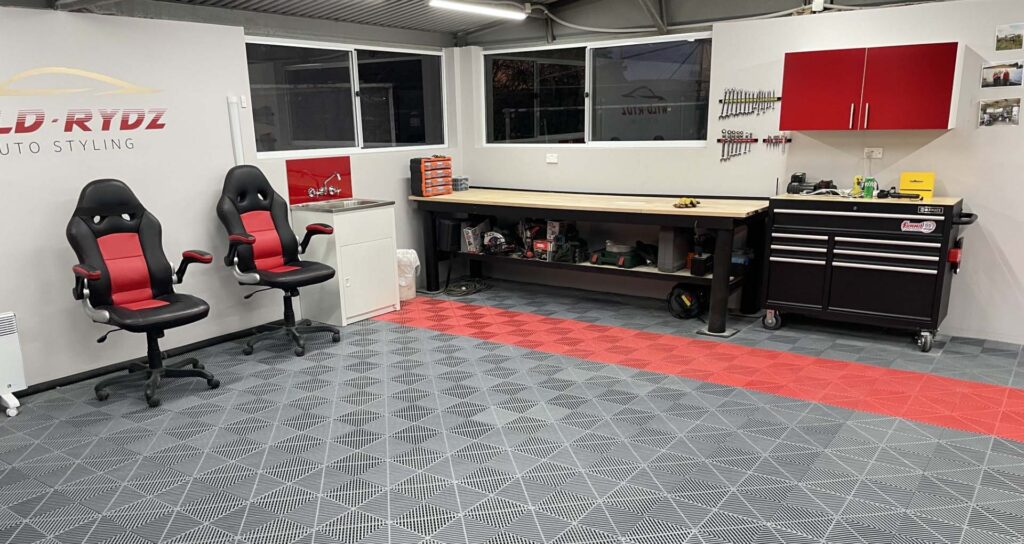The materials to wrap a full vehicle depend on the quality of the vinyl used, and how large the vehicle is. A good rule of thumb is that you need 3 x the length of the vehicle plus a little bit more. Usually this will cost between $1,500 to. $2,000.
But the installation costs will depend on how much preparation is required. For example, if a ceramic coat has previously been applied, it will need to be removed so that the vinyl will stick to the vehicle correctly.
Likewise, if your vehicle has minor body dents and scratches that are common from everyday use, they should be corrected prior to wrap being installed over them.
It is for reasons like this that we only provide actual quotes for vehicles that have been fully inspected and we have had discussions with you about the options available.
For a full body wrap you should plan to leave your vehicle with us for a week.
Yes, we can provide approved customers with a courtesy car during the time their vehicle is with us.
We use 3M film. You can either have a partial installation that covers the forward facing surfaces or, in the case of a serious off-roader, you might prefer the sides and rear done as well.
The installation process for PPF is very different to vinyl, it is a harder and stiffer material that is applied in a wet installation.
Yes, we have a Motor Trades package under Allianz that covers public and product liability and property that is under our care and control.
We post heat treat the vinyl installations, but it is common for wraps to have a settling in period, so we include a follow up visit a few weeks after the initial installation to fix up any areas that might need attention.
Applying ceramic coating to a vehicle provides a protective layer to the paintwork (or vinyl) and gives it a beautiful shine. It has hydro-phobic qualities that help keep your car clean.
It begins with properly prepping the surface by washing and decontaminating the car. This is to ensure all oils, dirt, and debris are removed from the surface before any product is applied. Once the car is prepped, a clay bar is used to further remove any contaminants that may be bonded to the clear coat. After the vehicle is completely wiped down, the ceramic coating can be applied. The ceramic coating is then applied to the surface. It must be applied evenly and in thin layers to ensure maximum coverage. Once the ceramic coating is applied, it needs to cure for 24 hours. After the curing process is complete, the vehicle is ready to be driven. The ceramic coating will provide a layer of protection from the elements, and will help keep the vehicle looking beautiful for years to come.

Our modern and clean studio